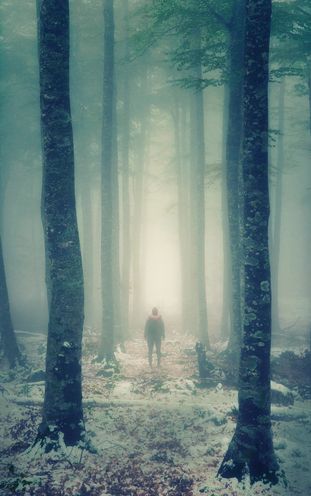-
About
Our Story
back- Our Mission
- Our Leadershio
- Accessibility
- Careers
- Diversity, Equity, Inclusion
- Learning Science
- Sustainability
Our Solutions
back
-
Community
Community
back- Newsroom
- Webinars on Demand
- Digital Community
- The Institute at Macmillan Learning
- English Community
- Psychology Community
- History Community
- Communication Community
- College Success Community
- Economics Community
- Institutional Solutions Community
- Nutrition Community
- Lab Solutions Community
- STEM Community
- Newsroom
- Webinars on Demand
- Digital Community
- The Institute at Macmillan Learning
- English Community
- Psychology Community
- History Community
- Communication Community
- College Success Community
- Economics Community
- Institutional Solutions Community
- Nutrition Community
- Lab Solutions Community
- STEM Community
- Newsroom
- Webinars on Demand
- Digital Community
- The Institute at Macmillan Learning
- English Community
- Psychology Community
- History Community
- Communication Community
- College Success Community
- Economics Community
- Institutional Solutions Community
- Nutrition Community
- Lab Solutions Community
- STEM Community
- Newsroom
- Webinars on Demand
- Digital Community
- The Institute at Macmillan Learning
- English Community
- Psychology Community
- History Community
- Communication Community
- College Success Community
- Economics Community
- Institutional Solutions Community
- Nutrition Community
- Lab Solutions Community
- STEM Community
- Newsroom
- Macmillan Community
- :
- Psychology Community
- :
- Talk Psych Blog
- :
- Is Seasonal Affective Disorder a Folk Myth?
Is Seasonal Affective Disorder a Folk Myth?
- Subscribe to RSS Feed
- Mark as New
- Mark as Read
- Bookmark
- Subscribe
- Printer Friendly Page
- Report Inappropriate Content
Doing science takes humility—an awareness of our vulnerability to error and an openness to new perspectives. If nature, in response to our questioning, doesn’t behave as our ideas predict, then so much the worse for our ideas. As we say in psychology, “The rat is always right.”
Indeed, every once in a blue moon, a major new finding overturns what many of us have long believed and taught or read in our textbooks. And so it was when I read in the September Clinical Psychological Science the results of a huge new study of supposed seasonal variations in depression. Auburn University at Montgomery researchers Megan Traffanstedt, Sheila Mehta, and Steven LoBello harvested U.S. data from 34,294 participants in a Centers for Disease Control and Prevention annual health behavior study. The researchers asked: Was depression, as reflected in people’s interview answers, more common in the days surrounding the December 21st winter solstice? Was wintertime depression greater for those living in higher latitudes? Was depression greater for those living in cloudy rather than sunny communities? For those not experiencing sunlight on the day of the interview?
Photo credit: inakilarrea/RooM/Getty Images
The stunning answers were no, no, no, and no.
Moreover, they report, other research confirms that seasonal affective disorder, though “strongly rooted in folk psychology . . . is not supported by objective data.” In northern Norway, for example, the two-month-long “dark period” is accompanied by “no increase in depression.”
Science is a self-correcting, ongoing process that often confirms what we have supposed. But occasionally our long-held ideas crash against a wall of fact. That is one reason why, despite the many lessons that have survived scrutiny, our textbooks are always in the process of revision. Doing, teaching, and writing science requires humility.
That said, given a) the demonstrated effectiveness of light therapy, and b) the widespread acceptance of what DSM 5 calls depressive disorder “with seasonal pattern,” I suspect we have not heard the last word on this.
-
Abnormal Psychology
6 -
Achievement
2 -
Affiliation
1 -
Behavior Genetics
1 -
Cognition
7 -
Consciousness
8 -
Current Events
29 -
Development Psychology
14 -
Developmental Psychology
9 -
Drugs
1 -
Emotion
13 -
Gender
1 -
Gender and Sexuality
1 -
Genetics
3 -
History and System of Psychology
3 -
Industrial and Organizational Psychology
2 -
Intelligence
4 -
Learning
3 -
Memory
2 -
Motivation
3 -
Motivation: Hunger
2 -
Nature-Nurture
4 -
Neuroscience
6 -
Personality
10 -
Psychological Disorders and Their Treatment
10 -
Research Methods and Statistics
22 -
Sensation and Perception
10 -
Social Psychology
87 -
Stress and Health
8 -
Teaching and Learning Best Practices
7 -
Thinking and Language
14 -
Virtual Learning
2
- « Previous
- Next »


